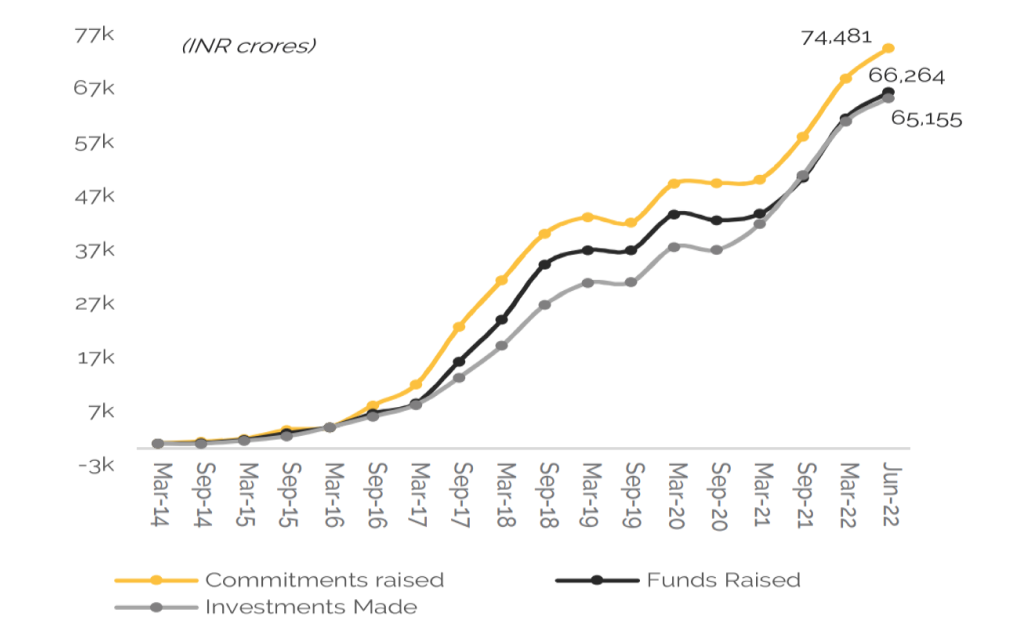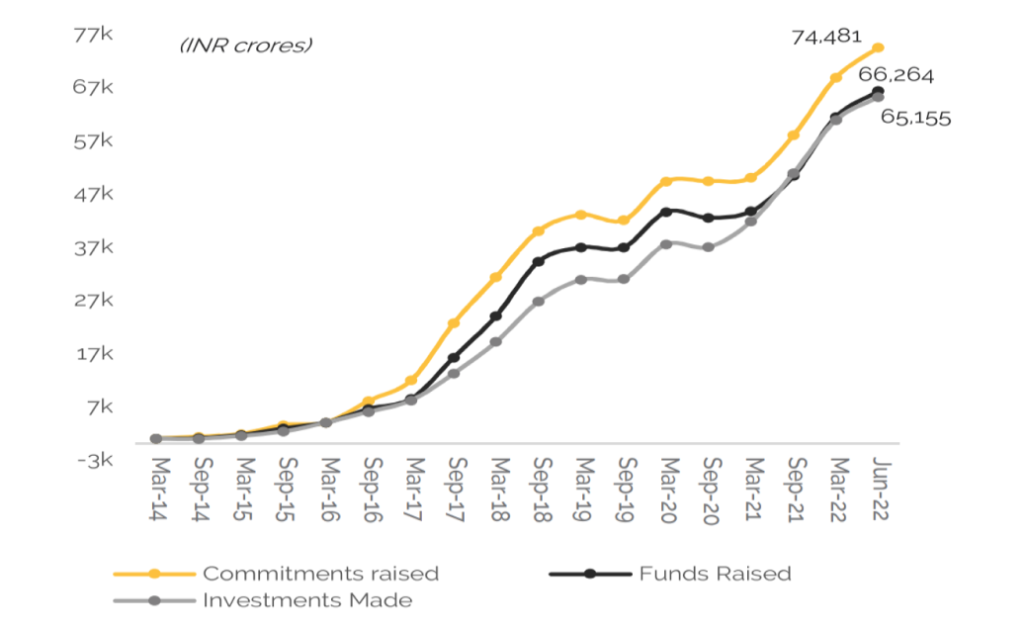SERVICES
“Alternative Investment Fund” means any fund established or incorporated in India in the form of a trust or a company or a limited liability partnership or a body corporate which,

Invest in much wider asset classes including unlisted equity, debt, derivatives - providing better risk management possibilities
Can be leveraged up to 2X for better risk adjusted returns
Active investment decisions based on thorough business understanding
Tax is assessed and paid at AIF Scheme level
Comprehensive SEBI regulations, offering transparency and better investor protection

Get in your inbox the latest News